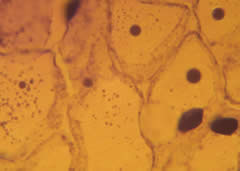BAP1 Mutation Unlikely to Trigger Sporadic Mesothelioma
But researchers at the Clinic of Oncology at the University Hospital of Zurich and University Hospitals in Leuven, Belgium say they have evidence to show that BAP1 mutations account for only a tiny percentage of sporadic mesothelioma cases. Mesothelioma is normally associated with exposure to asbestos dust and previous studies have found that people with the BAP1 mutation are more susceptible to cancer-causing effects of asbestos. Twenty-three percent of mesothelioma tumor specimens have been found to have a mutated BAP1 gene. But some cases of mesothelioma appear to arise “sporadically”, with no history of asbestos exposure. Researchers around the world have long been trying to pinpoint the reasons these sporadic mesothelioma cases develop in an effort to prevent and/or treat…









